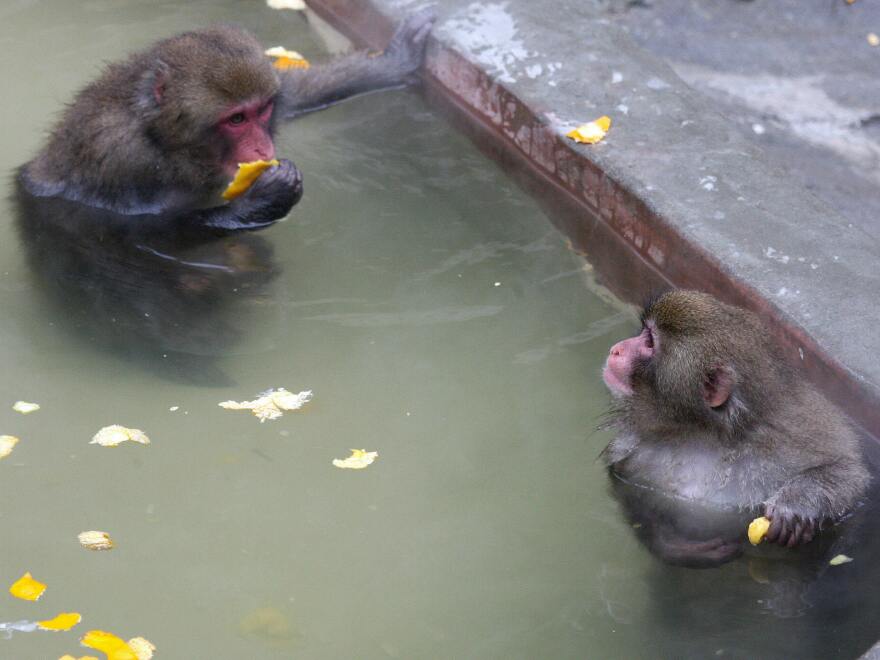Updated December 21, 2024 at 05:00 AM ET
It's officially the start of a new season. Winter solstice, which falls on Thursday in the Northern Hemisphere, marks the shortest day and longest night of the year. From now on, the days become longer and nights become shorter.
This year, the solstice occurred at 4:20 a.m. ET Saturday, the exact moment the Earth reaches its maximum tilt away from the sun.
But while for some it might be a reason to go to bed early, for many, the day calls for celebration. Since before recorded history, the winter solstice has traditionally meant a time of renewal and ritual for people all over the world.
Here are some ancient winter solstice celebrations from both hemispheres and how they're marked.
Shab-e Yalda
For centuries, Iranians around the world have gathered on winter solstice to celebrate Yalda, meaning birth or rebirth. The holiday dates back to the Zoroastrian tradition, and is believed to be a dedication to the sun god Mithra. Also celebrated in many Central Asian countries such as Afghanistan, Azerbaijan, and Uzbekistan, Yalda is a time when loved ones gather to eat, drink, and read poetry through the night and welcome the sun. Nuts and fruits such as pomegranates and watermelons are symbolic, as their red hues represent dawn and life. The holiday represents the victory of light over darkness.
Dongzhi
In Chinese, Dongzhi literally means "winter's arrival," and is one of the solar terms in the traditional Chinese calendar. The occasion signifies a turning point in the year when yin energy transitions to the positive energy of yang as the days grow longer. Traditionally celebrated as an end-of-harvest festival during the Han Dynasty, today it is an important time to spend with family and eat a hearty meal of tangyuan (glutinous rice balls) or dumplings, depending on what part of China one lives in.

Inti Raymi
Peru's winter solstice is celebrated in June and honors the Incan sun god Inti (Quechua for "sun"), the most revered god in the Inca religion. Banned during the first years of the Spanish conquest, the festival has since been resurrected and now takes place in the city of Cusco, once the center of the Incan Empire. Festivities include feasts and mock sacrifices that honor historic rituals.
Soyal
For the Native American Hopi tribe in the Southwest, the Soyal ceremony is one of the most important ceremonies of the year. December is the month when protective spirits called katsinas bring the sun back from its long slumber. Lasting up to 16 days, ceremonies include gift-giving, dancing, and storytelling, and are mostly performed in sacred underground chambers called kivas. The festival marks a time for prayer and purification.

Toji
Copyright 2023 NPR





